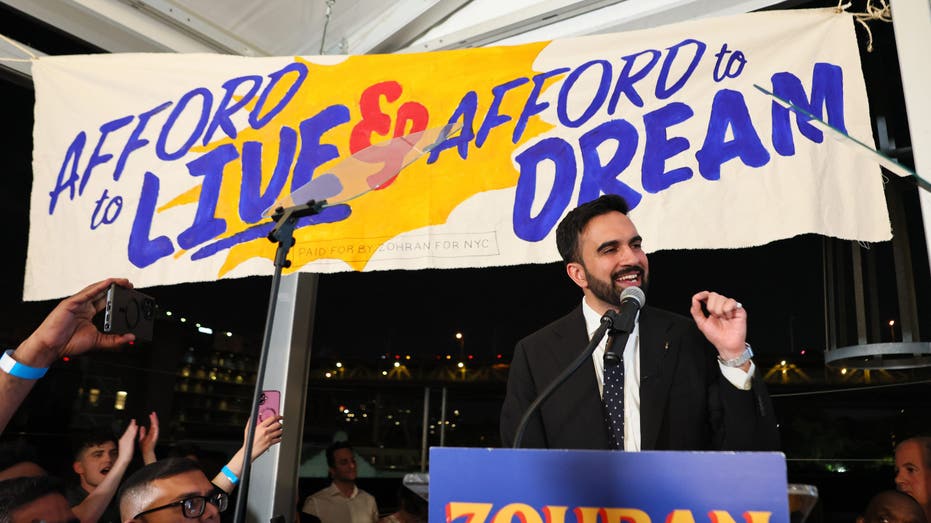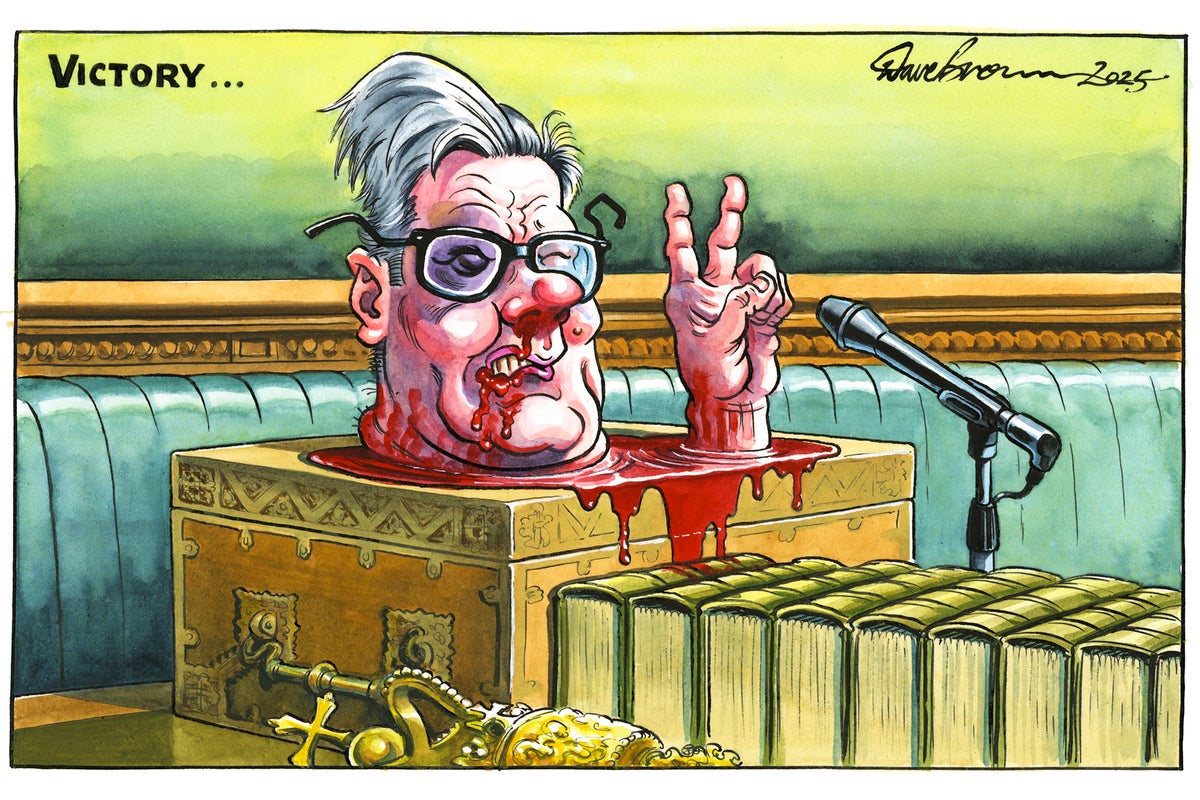While the recent headlines may trumpet high-profile progressive victories, particularly in urban strongholds like New York City, a deeper look reveals that the true architects of the Democratic Party’s future leadership beyond 2025 likely reside in the pragmatic center-left. The capture of attention by outcomes such as Mamdani’s win over Cuomo, while energizing a specific segment of the party, risks overshadowing the more electorally viable and strategically crucial path being forged by moderate leaders. To understand the future of US Politics, it’s essential to look past the immediate flashpoints and identify the figures capable of broader appeal and sustainable growth for the Democratic Party.
Among those quietly shaping this trajectory are figures like Representatives Mikie Sherrill of New Jersey and Abigail Spanberger of Virginia. These Centrist Democrats operate outside the usual progressive strongholds, instead focusing on constituencies that demand practical solutions and less ideological rigidity. Their legislative approaches and public personas are deliberately crafted to appeal to a wider, more moderate electorate, emphasizing common ground and tangible benefits rather than polarizing rhetoric. This strategic pivot is vital for the Democratic Party to regain and secure ground in competitive swing districts and states, areas often overlooked when the spotlight solely rests on progressive triumphs.
Sherrill and Spanberger embody a crucial shift towards appealing to voters who prioritize competence and incremental progress over radical change. Their policy positions often reflect a nuanced understanding of local economic realities and national security concerns, allowing them to build cross-party coalitions and demonstrate effective governance. This approach contrasts sharply with the often-polarizing image associated with the far left, providing a less confrontational and more inclusive vision for the Democratic Party’s role in American society. Their appeal lies in their ability to bridge divides and present a unifying front, which is indispensable for achieving broader electoral success.
The emphasis on these pragmatic leaders highlights a strategic imperative for the Democratic Party: to cultivate a diverse bench of Political Leadership that can resonate with the varied concerns of the American populace. While progressive enthusiasm is valuable, the long-term sustainability and national dominance of the party hinge on its capacity to win in purple districts and connect with independent voters. Sherrill and Spanberger’s successes in their respective districts offer a blueprint for this broader electoral viability, demonstrating that a focus on practical problem-solving can yield consistent gains.
Ultimately, the narrative surrounding the Democratic Party’s future must evolve beyond simply celebrating “socialist victories” to genuinely assess what constitutes effective and sustainable political leadership. By shifting the spotlight from headline-grabbing moments to the steady, incremental gains of center-left pragmatists, the party can better chart a realistic roadmap for achieving national political dominance and effective governance. The path forward for the Democratic Party, therefore, lies not just in energizing its base, but in broadening its appeal through leaders who champion pragmatism and unity in the complex landscape of US Politics.
Discover more from The Time News
Subscribe to get the latest posts sent to your email.






